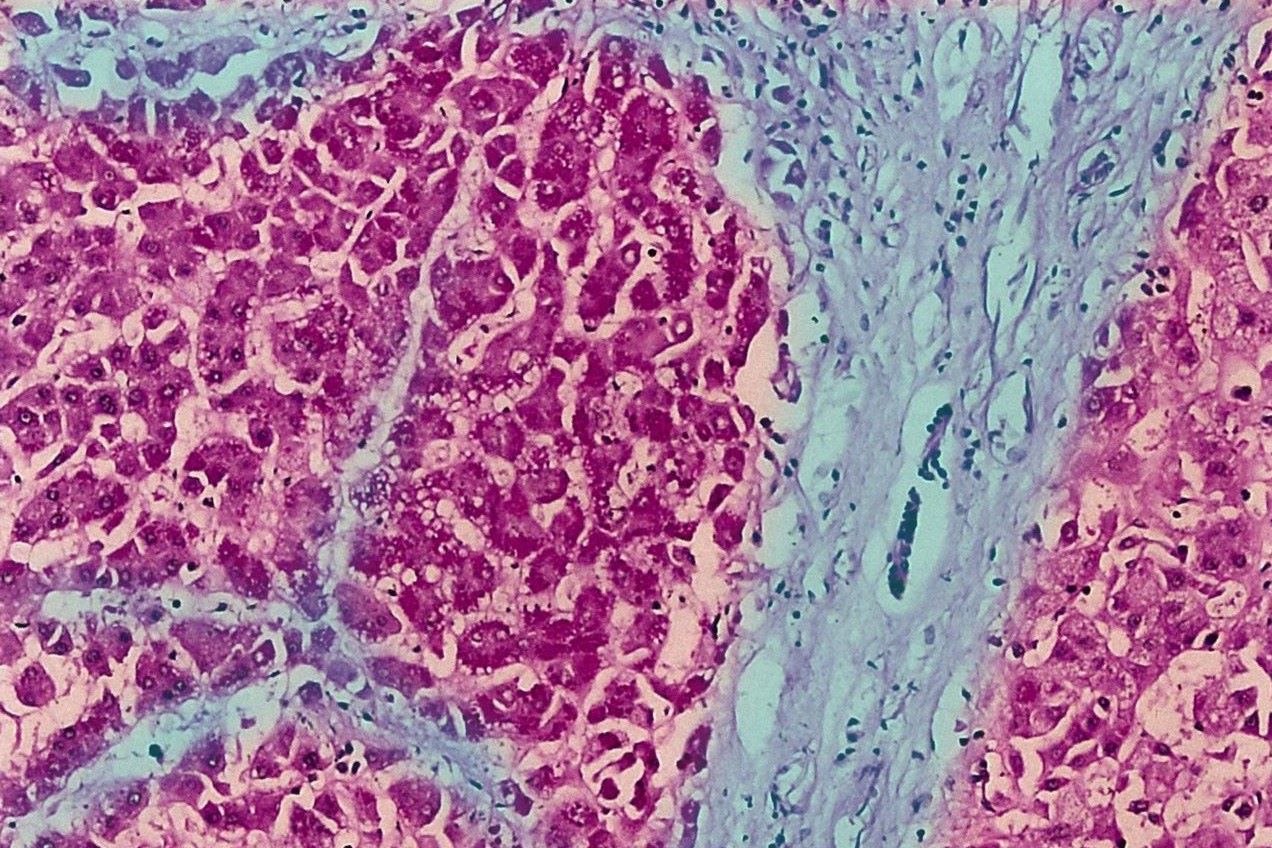
Histidinuria Renal Tubular Defect is a rare metabolic disorder that affects the kidneys' ability to reabsorb histidine, an essential amino acid. This condition can lead to various symptoms and complications, making it crucial to understand its impact. Histidinuria often goes unnoticed due to its rarity, but awareness can help in early diagnosis and management. In this blog post, we'll explore 25 intriguing facts about this condition, shedding light on its causes, symptoms, and treatment options. Whether you're a medical student, a curious reader, or someone affected by this condition, these facts will provide valuable insights into Histidinuria Renal Tubular Defect.
Key Takeaways:
- Histidinuria Renal Tubular Defect is a rare genetic disorder affecting the kidneys' ability to reabsorb histidine, an essential amino acid, leading to various symptoms and complications if not managed properly.
- Diagnosis involves urine and blood tests, genetic testing, and early detection is crucial for managing symptoms and preventing complications. Treatment includes dietary changes, supplements, and regular monitoring of kidney function.
What is Histidinuria Renal Tubular Defect?
Histidinuria Renal Tubular Defect is a rare metabolic disorder involving the kidneys' inability to reabsorb histidine, an essential amino acid. This condition can lead to various health issues if not managed properly. Here are some intriguing facts about this disorder.
-
Histidinuria Renal Tubular Defect is a genetic condition, meaning it is inherited from parents.
-
The disorder is caused by mutations in the SLC3A1 gene, which plays a crucial role in amino acid transport.
-
Histidine, the amino acid affected, is vital for growth and tissue repair.
-
Symptoms can vary widely, from mild to severe, depending on the individual.
-
Some people with this condition may not show any symptoms at all.
How is Histidinuria Renal Tubular Defect Diagnosed?
Diagnosing this condition involves several steps, including medical history, physical exams, and specific tests. Here are some key points about the diagnosis process.
-
Urine tests can detect elevated levels of histidine, indicating a potential problem.
-
Blood tests may also be used to measure amino acid levels.
-
Genetic testing can confirm the presence of mutations in the SLC3A1 gene.
-
Early diagnosis is crucial for managing symptoms and preventing complications.
-
Sometimes, a kidney biopsy may be performed to assess kidney function.
Treatment Options for Histidinuria Renal Tubular Defect
Managing this condition often requires a combination of dietary changes and medical treatments. Here are some important facts about treatment options.
-
A low-histidine diet can help reduce symptoms and prevent complications.
-
Supplements may be prescribed to ensure adequate nutrition.
-
Regular monitoring of kidney function is essential for managing the condition.
-
Medications may be used to manage specific symptoms or complications.
-
In severe cases, dialysis or kidney transplant may be necessary.
Impact on Daily Life
Living with Histidinuria Renal Tubular Defect can present challenges, but with proper management, individuals can lead fulfilling lives. Here are some insights into daily life with this condition.
-
Regular medical check-ups are important to monitor health and adjust treatments as needed.
-
Staying informed about the condition can help individuals and families make better health decisions.
-
Support groups and counseling can provide emotional support and practical advice.
-
Maintaining a balanced diet and staying hydrated are crucial for overall health.
-
Physical activity should be tailored to individual capabilities and health status.
Research and Future Directions
Ongoing research aims to improve understanding and treatment of Histidinuria Renal Tubular Defect. Here are some exciting developments in this field.
-
New genetic therapies are being explored to correct the underlying genetic mutations.
-
Advances in personalized medicine may lead to more effective, individualized treatments.
-
Researchers are studying the long-term effects of the condition to improve patient outcomes.
-
Clinical trials are testing new medications and treatment approaches.
-
Increased awareness and funding can drive further research and support for affected individuals.
Understanding Histidinuria Renal Tubular Defect
Histidinuria Renal Tubular Defect, a rare metabolic disorder, affects the kidneys' ability to reabsorb histidine. This condition can lead to excessive histidine in the urine, causing various health issues. Early diagnosis and management are crucial for those affected. Genetic testing and regular monitoring help manage symptoms and prevent complications.
Awareness of this condition is vital for early intervention. If you or someone you know shows symptoms, consult a healthcare professional. Knowledge about rare disorders like Histidinuria Renal Tubular Defect can make a significant difference in the quality of life for those affected. Stay informed, seek medical advice, and support research efforts to better understand and treat this condition.
Frequently Asked Questions
Was this page helpful?
Our commitment to delivering trustworthy and engaging content is at the heart of what we do. Each fact on our site is contributed by real users like you, bringing a wealth of diverse insights and information. To ensure the highest standards of accuracy and reliability, our dedicated editors meticulously review each submission. This process guarantees that the facts we share are not only fascinating but also credible. Trust in our commitment to quality and authenticity as you explore and learn with us.
